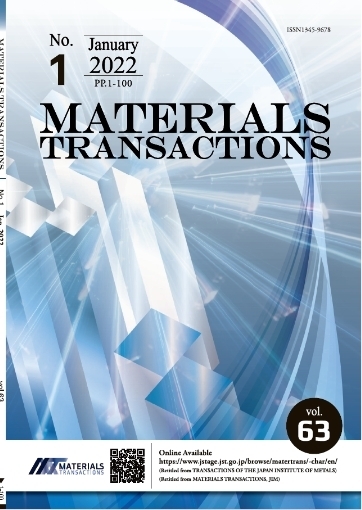Improved Thermoelectric Performances of Oxide-Containing FeSi2
Sunao Sugihara, Kentaro Morikawa
pp. 1526-1530
Abstract
Because of its chemical stability and low cost, iron silicide is a promising thermoelectric material for use at high temperatures. Its performance, however, is poor compared with that of BiTe, PbTe, or SiGe, which are popular thermoelectric materials. We produced n-type FeSi2 samples containing various oxides, which showed a good thermoelectric performance. We attempted to unify the parameters attributing to thermoelectric performance, and the electrical resistivity decreased while an adequate Seebeck coefficient was retained and the thermal conductivity was reduced. This results in a greater value of the Seebeck coefficient, particularly on addition of Sm2O3; the resulting figure of merit ZT was 0.56 at 868 K. Addition of Er2O3 gave a ZT value of 0.54 at 877 K, and the material showed a lower thermal conductivity of 2–2.5 W/m·K.
Readers Who Read This Article Also Read
MATERIALS TRANSACTIONS Vol.52(2011), No.5
MATERIALS TRANSACTIONS Vol.52(2011), No.5
MATERIALS TRANSACTIONS Vol.52(2011), No.6










